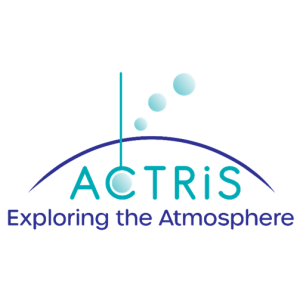We are delighted to announce that the ACTRIS Science Conference 2026 will take place on April 20-24, 2026 in Oslo, Norway.
News and Events
Starting April 2025 NCEP temperature and geopotential height products are now based on GFS/GDAS assimilations for the entire profile. Some overlap with the previous SSU/AMSU data is provided for April to June 2025.
Early Bird registration for the NDACC 2025 Symposium is open now to August 29, 2025 at https://ndacc.cas.hamptonu.edu/?page_id=33 . Presenters must register no later than September 1, 2025.
The 16th GRUAN Implementation-Coordination Meeting (ICM-16) will be held in Tenerife, Spain, from the 17th to the 21st November 2025. During the 5-day meeting, the GRUAN community will meet to discuss the achievements and the next steps in the implementation and operation of the Global Climate Observing System (GCOS) Reference Upper Air Network (GRUAN).
Abstract Submission is open for the NDACC 2025 Symposium. Abstracts will be accepted from March 10, 2025 to May 7, 2025. Abstract Submission is free.
We are pleased to officially announce the NDACC 2025 Symposium celebrating 35 years of NDACC/NDSC Operations. The Symposium will be held over three and a half days from 27-30 October 2025 at the Sheraton Virginia Beach Oceanfront Hotel in Virginia Beach, VA, USA.
The Small Mobile Ozone lidar (SMOL) instruments, a new compact, and affordable (<$100k) class of ozone differential absorption lidars. The SMOL systems provide high-resolution tropospheric ozone profiles between near the surface and 7-8 km above the surface at a low cost, becoming an important new measurement capability for air quality studies and for the validation of the NASA TEMPO ozone products.
The Steering Committee of the Network for the Detection of Atmospheric Composition Change (NDACC) convened its annual meeting from November 11–15, 2024, at the University of Santiago in Chile.
A harmonized NDACC-IRWG FTIR HCFC-22 retrieval strategy was developed & implemented that provides a new global long-term HCFC-22 data set. The measurements quantify a decrease in the growth rate of the atmospheric HCFC-22 column since 2009.
The EVDC Orbit Tool, available via ESA’s atmospheric Validation Data Centre (EVDC), is a new and user-friendly platform designed to help researchers visualize satellite orbits and combine them with detailed Earth observation and in-situ data.
